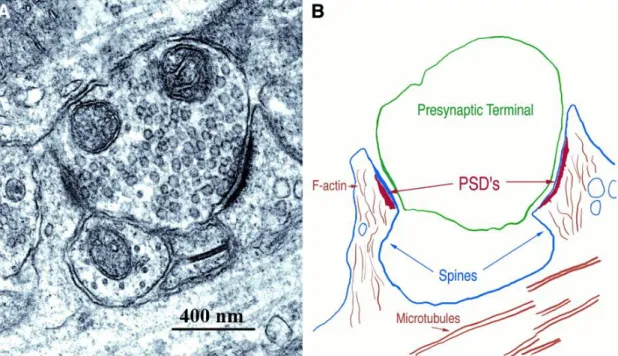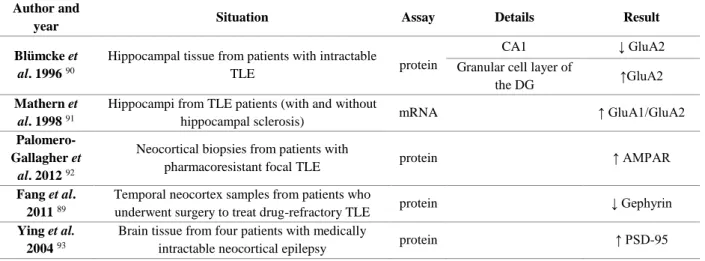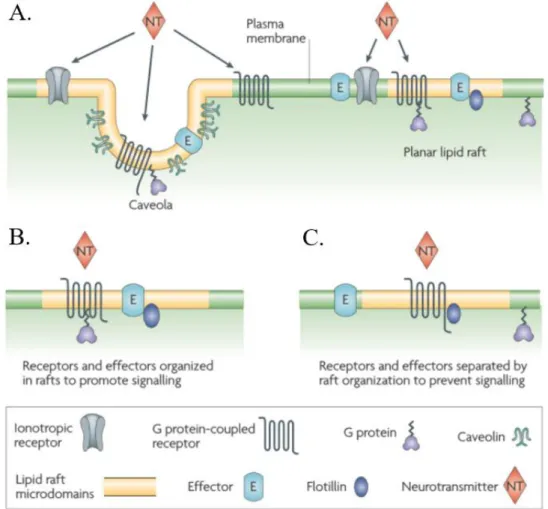Changes in synaptic plasticity and lipid raft composition in a rat model of temporal lobe epilepsy
Texto
Imagem




Documentos relacionados
Assim, seria tão pertinente quanto interessante num futuro estudo tentar englobar uma maior percentagem de casais divorciados, pois também seria bastante interessante
Once the visual damage (i.e. fruit did not ripe when transferred to room temperature) was noticed in guavas stored at 11ºC and 1ºC after 156 h of storage, it is fain to infer
Purpose: To examine temporal pole (TP) signal and quantitative changes in temporal lobe epilepsy (TLE) patients with hippocampal sclerosis (HS) using coronal
Purpose: To examine temporal pole (TP) signal and quantitative changes in temporal lobe epilepsy (TLE) patients with hippocampal sclerosis (HS) using coronal
These results suggest that variations in the content and in the molecular mass of pectins, in addition to changes in their composition and structure could be related to
Os instrumentos do segundo manuscrito compreendem formulários de avaliação dos mecanismos de ação (Murta et al., 2012) e de avaliação de sessão (Murta et al., 2009), ambos
Embora este manual não seja propriamente do nosso agrado para trabalhar com alunos desta faixa etária, pois parte de temas e experiências que estes jovens não
Partimos da globalização cultural, da sociedade informacional, da hi- pertrofia do indivíduo e da crise de identidade das organizações de gestão do território, evi- denciando





